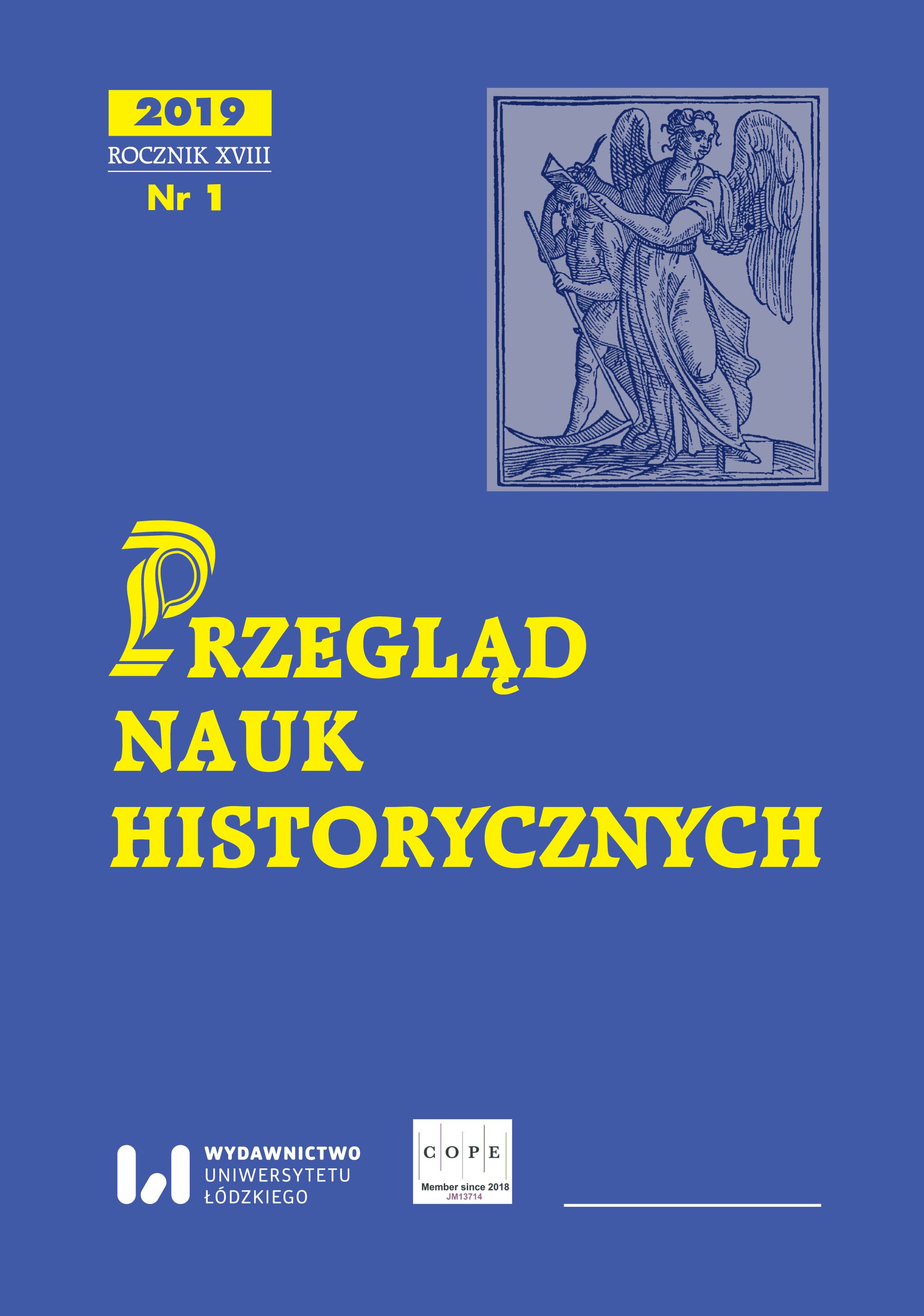Radom jako miejsce obrad sejmików i lokalnych zjazdów szlacheckich w drugiej połowie XVIII wieku
Radom as a place of debates of sejmiks and local gentry congresses in the second half of the 18th century
Author(s): Mariusz KozdrachSubject(s): Political history, Modern Age
Published by: Wydawnictwo Uniwersytetu Łódzkiego
Keywords: Radom; Radom District; dietines; local self-governance; nobility
Summary/Abstract: Radom in the 18th century was a small town, but untill 1763 it was the seat of the Crown Treasury Tribunal, therefore it played an important role for the nobility. Stanisław August Poniatowski’s reign took away from Radom a “tribunal city” status, however in the local level it strenghtened the town’s role by establishing local dietines in it. Since the 16th century Sandomierz Voivodship, part of which was the Radom District, confered together in Opatów. Convocation Diet, establishing separate land court for the Chęciny, Opoczno and Radom Distriucts, pointed Radom as a place of the judicial officials’ elections. In 1768 an attempt to establish there deputy dietines was also taken. The 1791 reform intended in Radom envoy dietines and reducted the elective dietines constituency to the Radom District itsef. New law regulations were however in force for a few months only. In the examined period Radom was also a place of assemblies not expressed in the law, resulting from the events of the Confederacy of Bar (1769), Confederacy of Targowica (1792) and the Kościuszko Uprising (1794). In general, Radom was a place of six dietines’ sessions and three assemblies during the 1765–1794 period.
Journal: Przegląd Nauk Historycznych
- Issue Year: 18/2019
- Issue No: 1
- Page Range: 75-97
- Page Count: 23
- Language: Polish

